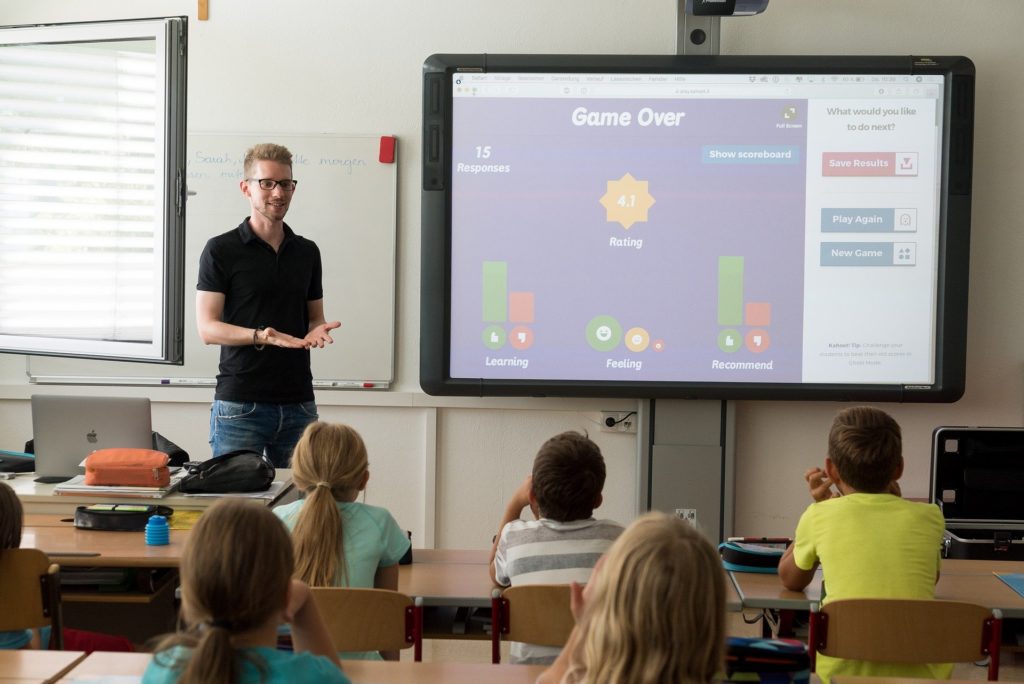
The great thing about modern society is that we’re always exploring new and better ways to do things. The more we learn about human behavior, the better we’re able to construct more efficient and effective ways of working. One of these ways of working is Agile, and it’s taking the world by storm.
Agile initially began in software development, but its use has quickly expanded into other industries. Largely branded as a culture rather than a methodology, Agile emphasizes creating value for both customers and workers. At its core, this means creating more value through less work and delivering that value sooner.
Many companies have adopted the Agile system, and several others have been built from the ground up as Agile companies. Given that many of these companies like Spotify and Microsoft are thriving, it’s no wonder that Agile’s use has expanded beyond software development. Today, we’re going to look at how this new culture of working can affect the great equalizer of humankind — education.
Better Adaptability
Agile, as you’re likely to glean from the name itself, is all about dynamism and adaptation. Because it focuses on creating value and results rather than following a strict top-down structure, institutions using Agile are able to adapt quickly to changes as needed.
One of the reasons why this is possible is because Agile maximizes communication and versatility. While other institutions might focus too much on hierarchy, Agile enables companies and classrooms to foster a more collaborative environment. With this comparatively freer set-up, students are given more control and motivation than otherwise.
Miami University highlights the adaptability of Agile, particularly over-prescriptive teaching methods. By giving teachers the space to respond to individual students’ needs as they’re presented, this method empowers both students and teachers. It creates a learning dynamic that is able to respond to challenges, increasing efficiency and results across the board.
Modern Solutions
Aside from helping teachers build better rapport with their students, it also helps them find new avenues for instruction. The current school system is a relic from the Industrial Age, full of rote learning and machine-like memorization. While adjustments have been made in bits and pieces over the years, overall students are still struggling with learning systems that have been in place for over a century. But this has slowly been changing.
These modern practices are being seen in education institutes across the world. Bridge International Academies in Uganda have adopted a program called @Home where students receive study packets, experience learning through digital storytelling, and have their understanding checked with mobile-friendly quizzes. Other institutions have adopted games that are geared towards learning, to make studying more fun and appealing to students.
Modern problems require modern solutions, and that’s what Agile is meant to do. Rather than stick with the rigid, top-down system that many students struggle with, it instead emphasizes innovation. The education system is now able to develop alongside technology to give all students an equal opportunity to attain the necessary schooling they deserve.
Standardizing Education
Putting ‘Agile’ and ‘standardization’ in the same sentence might seem contradictory at first glance. However, the truth is that not all schools have equal access to resources or perform at the same level. Many school districts may be dealing with funding shortages, equipment shortages, or even teacher shortages. This can put some students at a disadvantage in comparison to others, making it an uneven field.
Impact Tulsa notes that education should be standardized to ensure that everyone is receiving the same quality of learning all across the board. Using the Agile principles means that it can be possible for schools to give quality education despite not receiving the same amount of resources other institutions may have.
This would entail changing the methods they use for instruction in a way that is more cost-effective but still enables their students to learn. As mentioned earlier, one way of doing this is by using online platforms and taking advantage of readily available technology. When the education system uses the materials already available to them to the best of their capabilities, then Agile will be able to make learning standardized.
It is clear the Agile principles are being adopted by different sectors because of how effective it is, and schools are just another example of that. It is making education more accessible and understandable for many students, as opposed to the old and outdated system.
Interested in learning more about Agile and Scrum? Check out the courses available on Tech Agilist and find the one that best suits your needs. You can also check out the Tech Agilist blog for more tips and insights from experienced coaches and practitioners.
